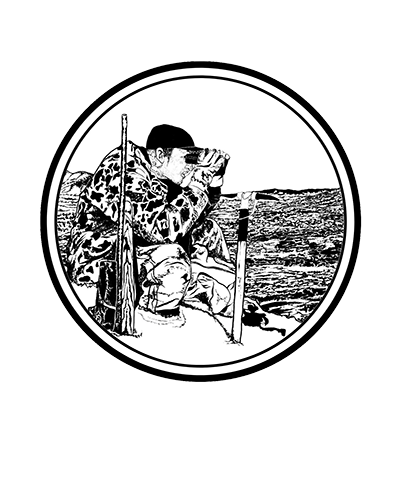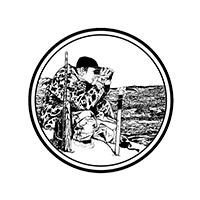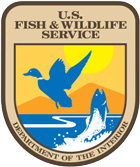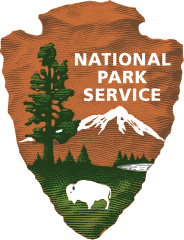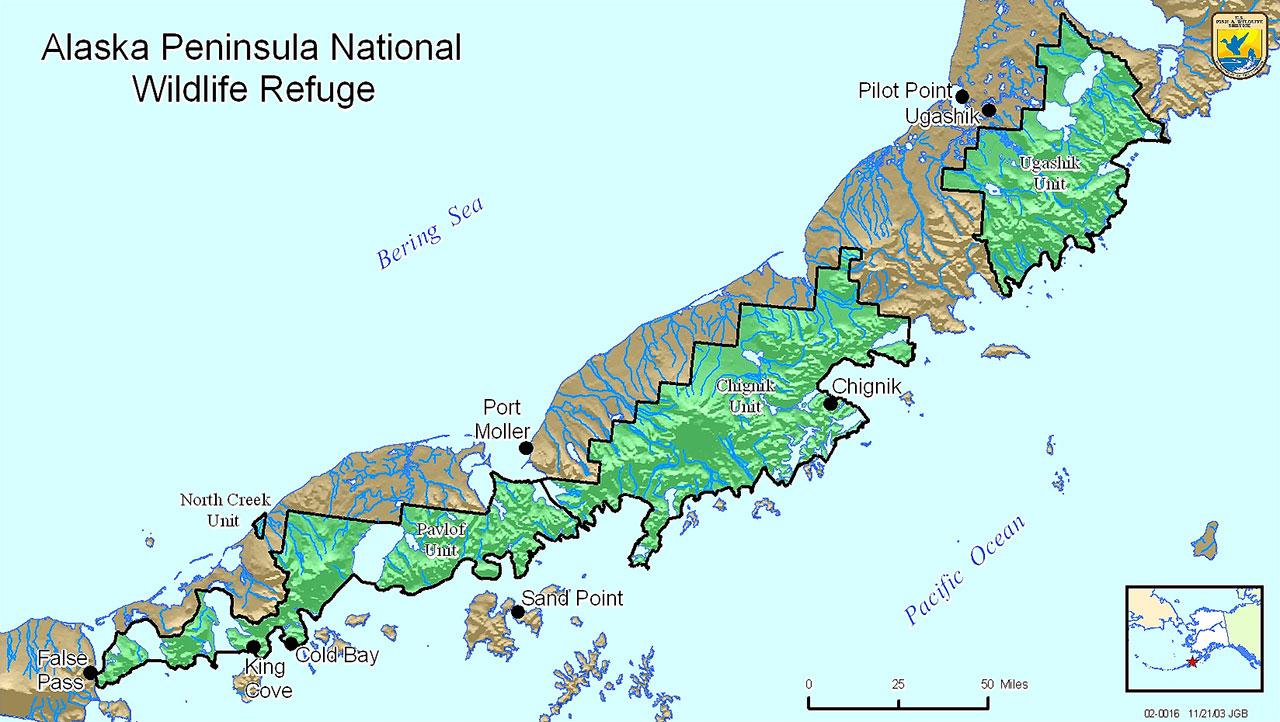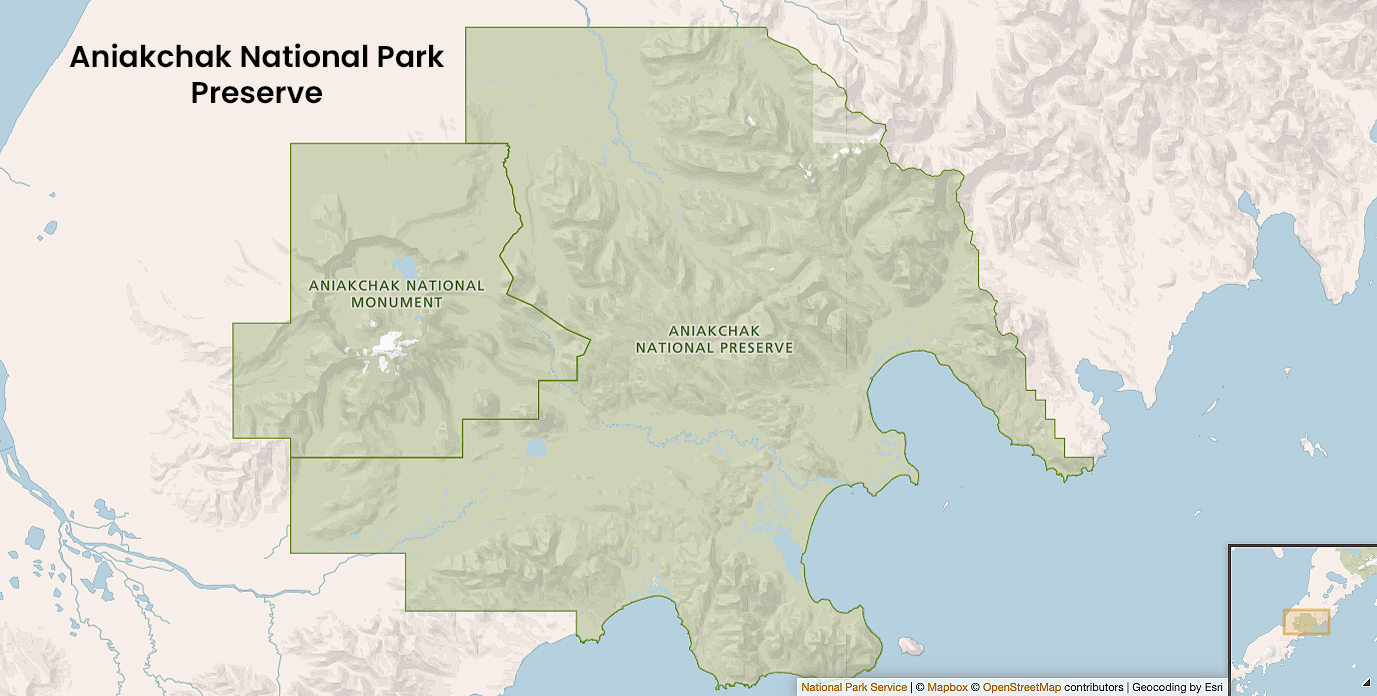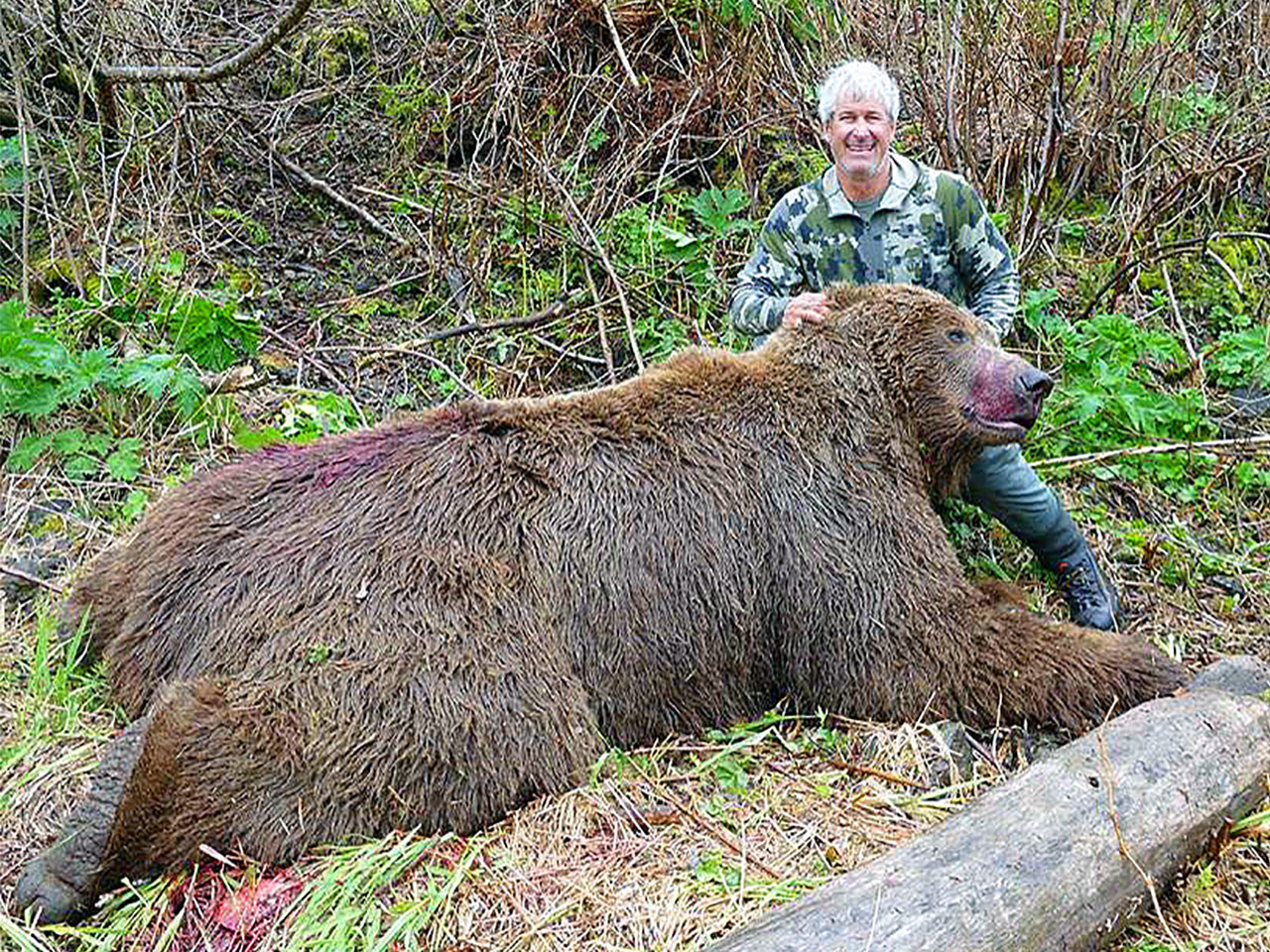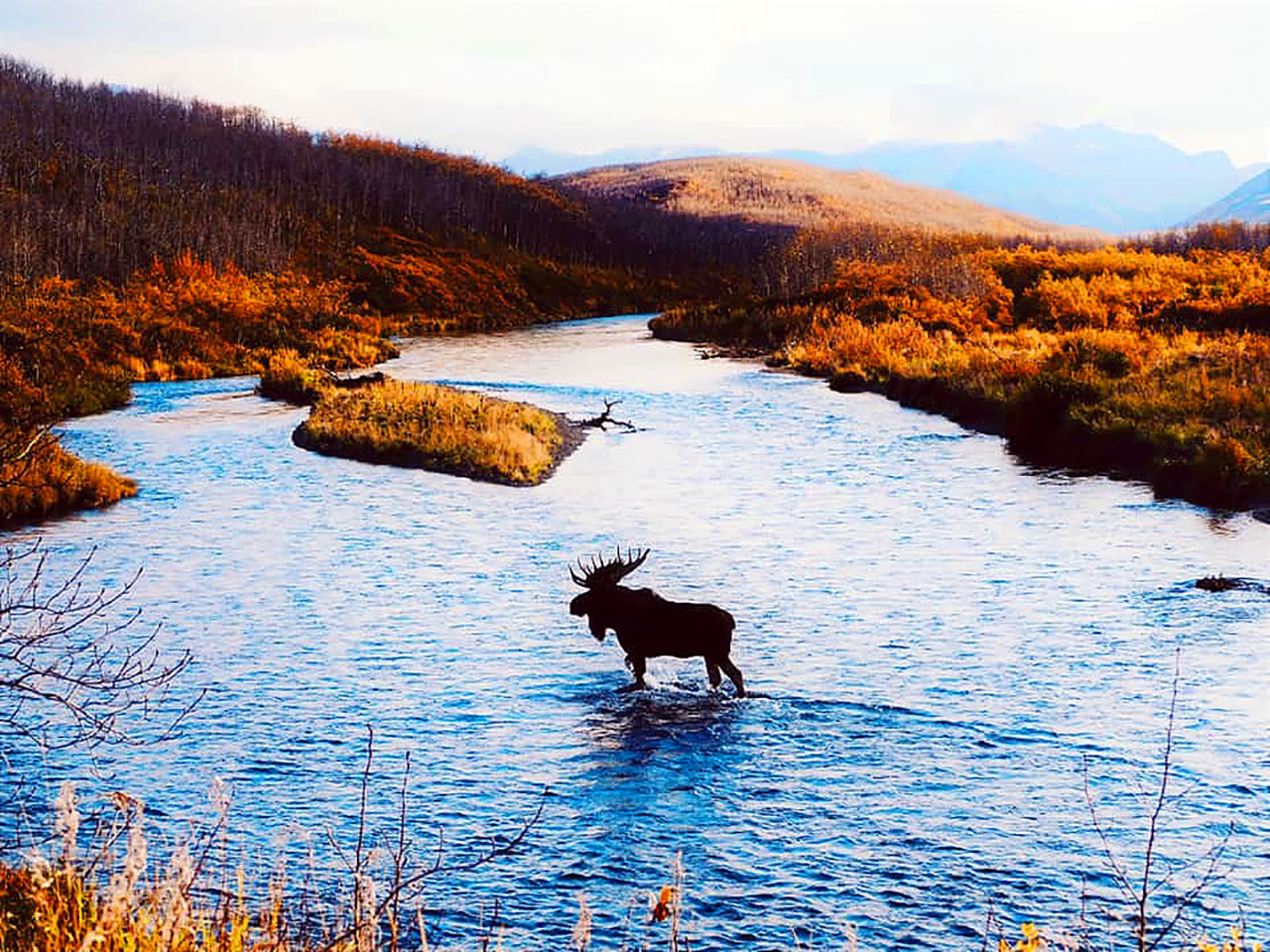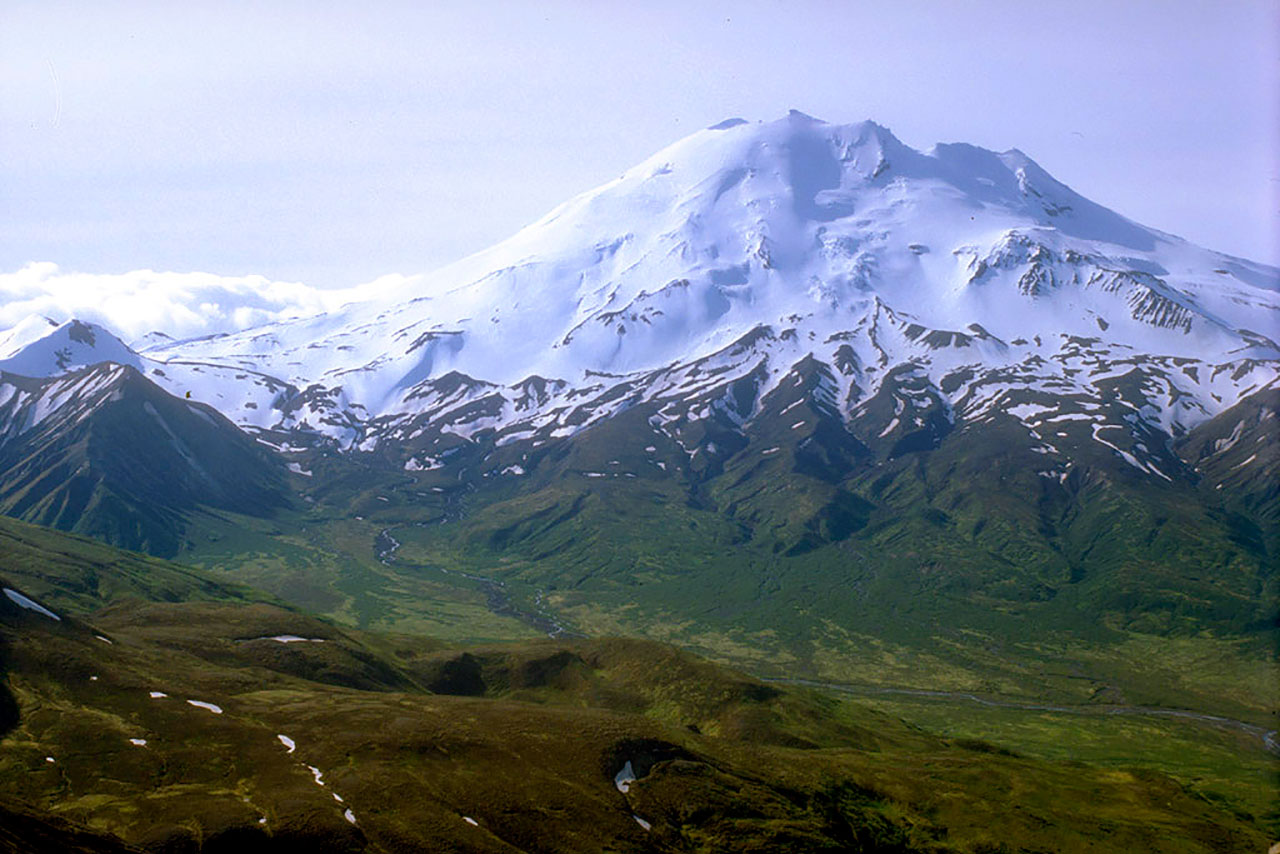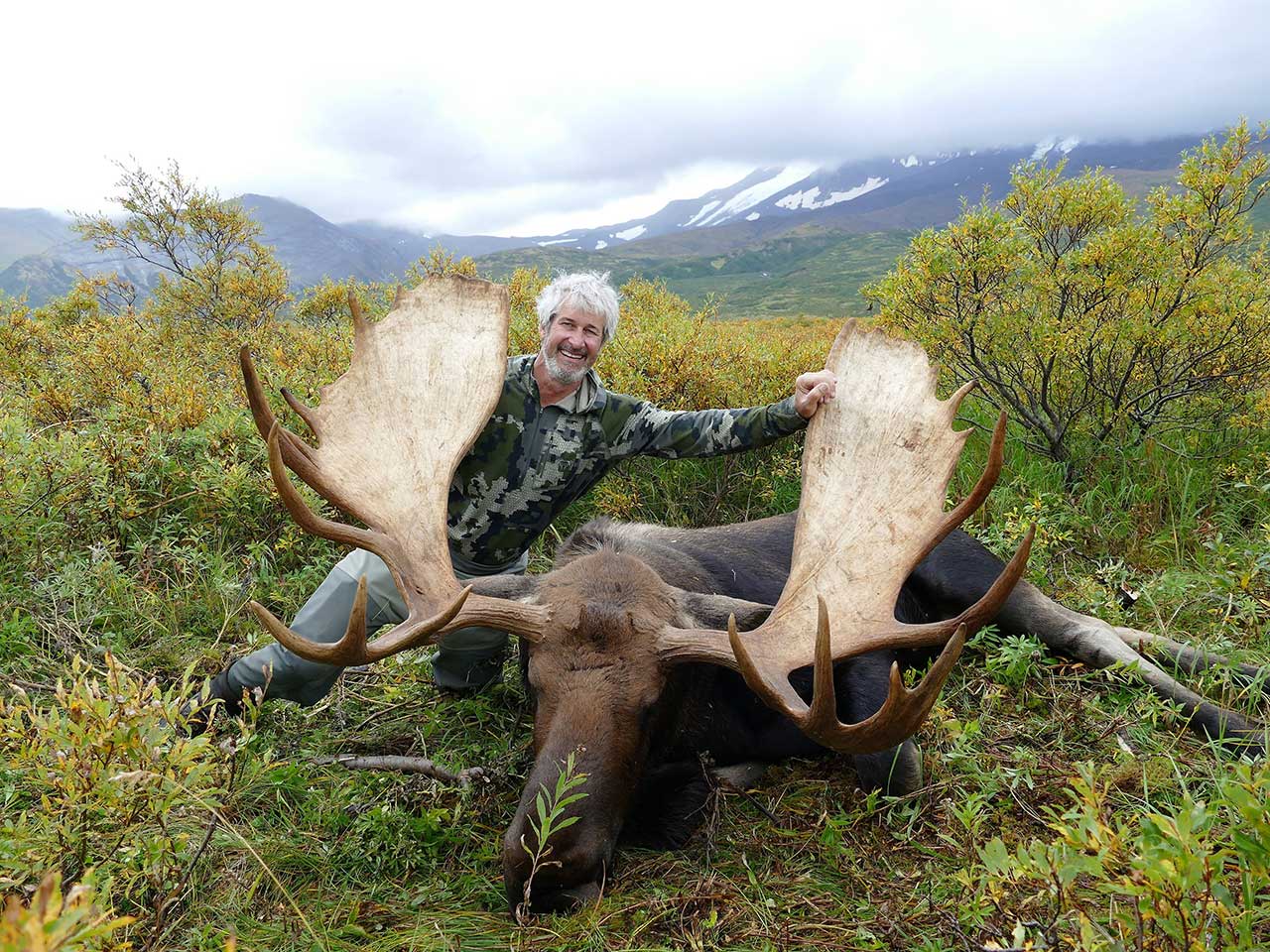True Wilderness Hunting at its Best
Joey Klutsch dba/Aniakchak Guide Service conducts hunts on the Alaska Peninsula for moose, brown bear and wolf. These hunts take place on lands managed by the U.S. Fish & Wildlife Service (AK Peninsula National Wildlife Refuge) and the National Park Service (Aniakchak National Park Preserve).
These lands were designated as such by the U.S. Congress in 1980 as a part of the Alaska National Interests Lands Act. They are special areas exhibiting true wilderness characteristics that now exist in few other areas of the world. You should consider it a privilege to engage in Fair Chase Hunting, wildlife viewing and fishing in these areas. Because these are sole guide use areas, Joey Klutsch is the only one permitted to guide hunters in these areas. These two permit areas adjoin one another and make up Joey Klutsch’s greater guide area on the Alaska Peninsula. They were held by Joe Klutsch for 50 years before Joey took them on.
Purposes for which Alaska Peninsula National Wildlife Refuge was established are as follows:
The Alaska National Interest Land Conservation Act (ANILCA) established the 3.7 million acre Alaska Peninsula National Wildlife Refuge on December 2, 1980. Before that, the lands were part of the federal domain. ANILCA sets for the following major purposes for which the Alaska Peninsula Refuge was established:
- To conserve fish and wildlife populations and habitats in their natural diversity including, but not limited to, brown bears, the Alaska Peninsula caribou herd, moose, sea otters and other marine mammals, shorebirds and other migratory birds, raptors, including bald eagles and peregrine falcons, and salmonids and other fish;
- To fulfill the international treaty obligations of the United States with respect to fish and wildlife and their habitats;
- To provide, in a manner consistent with the purposes set forth the opportunity for continued subsistence uses by local residents;
- To ensure, to the maximum extent practicable water quality and necessary water quantity within the refuge
In 1983, the Fish and Wildlife Service decided to manage the Ugashik and Chignik units of the Alaska Peninsula National Wildlife Refuge, The Becharof Refuge, and the Seal Cape area of the Alaska Maritime National Wildlife Refuge as a complex because they shared resources and common issues. The administrative headquarters is located in King Salmon, Alaska.
For more information on Alaska Peninsula National Wildlife Refuge, I strongly encourage you to visit:
The significance and purpose for which Aniakchak National Park Preserve was established is as follows:
As a unit of the National Park system, Aniakchak is to be managed “to conserve the scenery and the natural and historic objects and the wildlife therein and to provide for the enjoyment of the same in such manner and by such means that will leave them unimpaired for the enjoyment of future generations” (NPS organic act of 1916). Aniakchak National Monument was established by presidential proclamation in 1978. The Alaska Lands Act of 1980 designated the area as Aniakchak National Monument and Preserve to maintain the Aniakchak caldera and its associated features and landscape, including the Aniakchak River and other lakes and streams, in their natural state; to study, interpret, and assure continuation of the natural process of biological succession; to protect habitat for, and populations of, fish and wildlife, including, but not limited to, Brown Bears, Moose, Caribou, Sea Lions, Seals and other marine mammals, geese, swans, and other waterfowl and in a manner consistent with the foregoing, to interpret geological and biological processes for visitors. Subsistence uses by local residents shall be permitted in the monument where such uses are traditional.
The Aniakchak National Wild River was also established by the Alaska Lands Act in 1980. Although this description is crafted in more formal Congressional language, read it carefully.
For more information on Anaikchak National Monument & Preserve, I strongly encourage you to visit:
You will be made aware of which land designation you are hunting in at the time of booking or when the logistical decision is made prior to you deployment to camp. It is my responsibility and that of my staff to help you understand the unique significances of both National Park managed areas and U.S. Fish & Wildlife Service managed National Wildlife Refuge areas.
